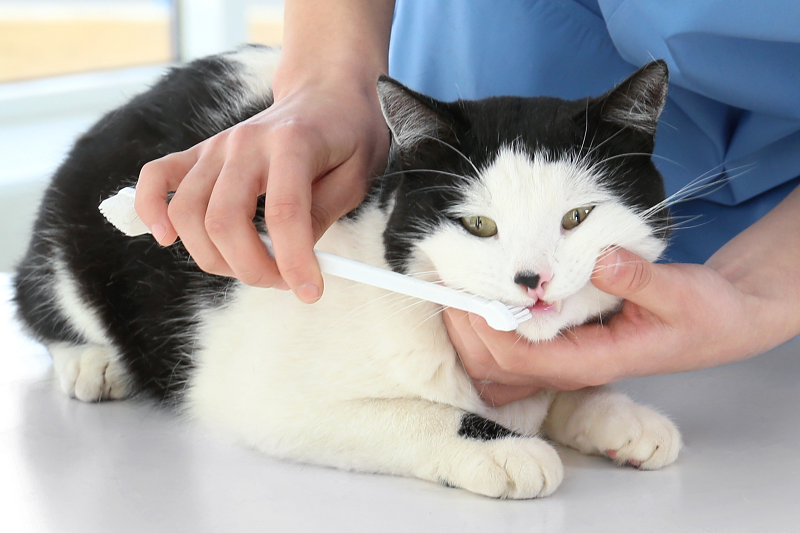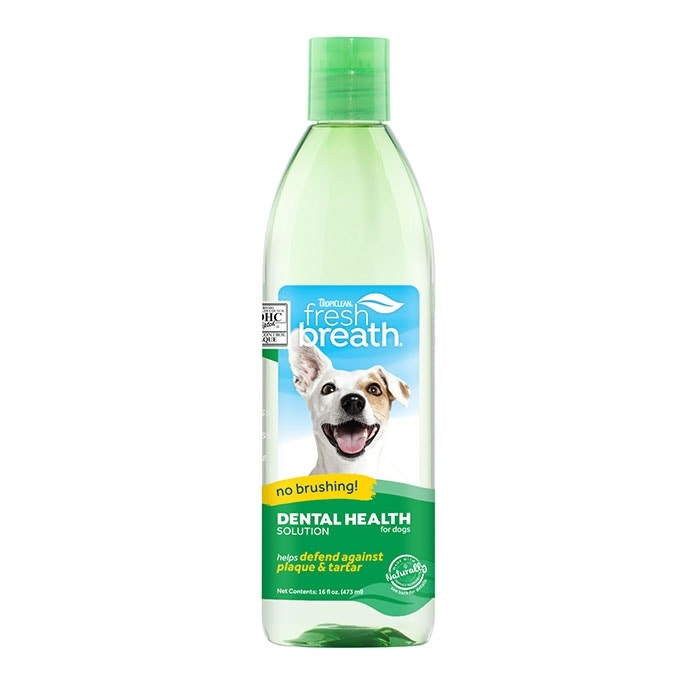Brushing your cat’s teeth is an important part of their daily dental care routine. Follow our steps on how to brush your cat’s teeth below to keep your pet’s teeth and gums healthy.
Though dental disease is completely avoidable, it’s one of the most common reasons why cats are taken to see their local Greencross Vets team. Save your pet the discomfort of dental problems by booking a dental checkup at Greencross Vets where your vet can give you practical advice on how to prevent dental disease.
Just like how we brush our teeth, brushing your cat’s teeth every day is the best way to care for their teeth and ensure that plaque does not accumulate and cause dental disease. Introduce them to this process when they’re a kitten so they become used to you touching their teeth and mouth. It may be difficult to familiarise adult cats to this new activity at the start, but it’s still possible.
Having their teeth brushed should always be a positive experience for your cat. If they’re ever resisting the process, stop what you’re doing and continue later when they’re in a better mood.

How to brush your cat’s teeth
1. Select a pet toothbrush.
As cats have very small mouths and teeth, you’ll need to purchase a toothbrush that has been especially made for pets. You may even choose to use finger toothbrushes to give yourself more flexibility when brushing their teeth.
2. Buy a pet toothpaste.
Human toothpaste contains chemicals that are harmful to pets so make sure to use a toothpaste designed for cats and dogs. These come in appetising flavours such as chicken and beef to encourage your pets to keep their mouths open for you when you brush, and they can also be swallowed.
3. Accustom your cat to you touching their mouth.
Before you even begin putting a toothbrush near your cat’s mouth, get them used to you handling their mouth, teeth and gums. Begin by interacting with their face and mouth and progress until they’re comfortable with you holding their mouth open and reaching inside to touch all the teeth.
4. Introduce the toothbrush and toothpaste.
Let your cat interact with their new toothbrush for a few days beforehand so they’re not afraid of it when the time comes. You can also let them taste the toothpaste by putting some in their mouth or letting them lick it off the toothbrush to entice them with the flavours.
5. Create a routine.
Cats are creatures of habit so try to brush your pet’s teeth around the same time each day. Choose a moment when you’re both relaxed, for example after the night has wound down and you’re about to brush your own teeth and head to bed. Remember, you’re trying to make this an enjoyable, not stressful, activity for your pet and yourself.
6. Get comfortable.
Sit your cat in your lap or in a comfortable spot where you can easily reach their mouth. Maintain a gentle and positive tone throughout the toothbrushing process, praising your cat for good behaviour and rewarding them with toys.
7. Start brushing!
Brush your cat’s teeth gently in a circular motion. At first, you may not be able to have your cat sit still enough to brush all their teeth in one sitting. Let them dictate when it’s time to stop, and when they’ve resettled, pick up where you left off until all their teeth are clean. Remember to brush along the gum line in a circular motion to ensure plaque does not accumulate there.
Preventing dental disease in your cat is all about creating a daily dental care routine and sticking to it. Brushing your cat’s teeth each day is one of several activities that you should introduce to your pet in order to keep their pearly whites sparkling. Even if you have a routine in place, it’s still important to regularly visit your local Greencross Vets for a dental checkup, like how you would visit the dentist to checkup on your own teeth.




